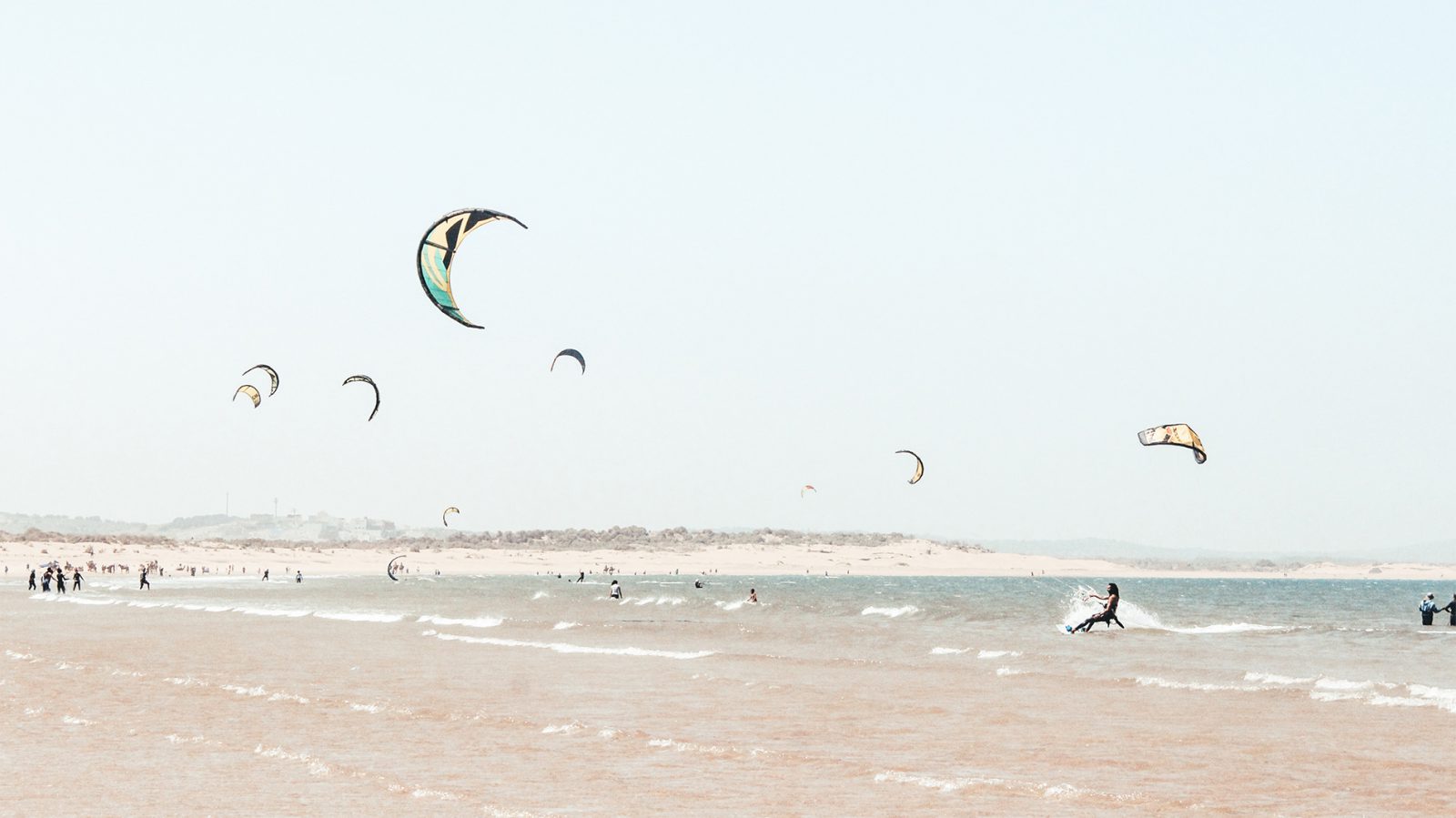Use the C.L.E.A.R. guidelines, adapted from Kitesurfing Australia
1. Check the conditions
- Wind strength
- Wind direction
- Waves, tides and currents
- Consider possible changes
2. Look
Look before you launch, land, jump, jibe etc
- Use appropriate launch areas
Make sure your launch area is in an approved kiting area. Make sure the area is open, no person or hard objects are down wind from you, watch poor or slippery footing, nearby power lines, buildings and walls etc. within at least 100m, more in high wind. Too many riders have slammed into walls, parked cars and trees with better launches not so far away at all. Some riders have needed in excess of 200m, to regain control in violent dragging or loftings in higher winds. Avoid kiteboarding near airports and in low flight path areas. - What size kite are other riders using?
Check to see what size kite other kiteboarders are rigging and get their input on conditions. Try to select a kite size for the lower to middle part of the wind range. Do not rig too large a kite for conditions and carefully consider advice of more experienced riders. Failure to act on prudent advice has in some instances to severe injury and even death. If you do not have a small enough kite to safely launch, DO NOT GO OUT!
3. Equipment
- Check and repair your gear before you fly (see pre-flight check)
Check your kite for tears or leaky bladders. If you have leaky bladders or tears in your kite, repair them before flying. Check all equipment, including your kite, harness and bar. Check that your safety works and inspect lines for knots, cuts, wear or abrasion. If the line sheathing shows any breaks or knots, replace them. The pigtails should be replaced no less frequently than every year on inflatable kites. - Use a kite safety leash
- Connect your lines as per the manufacturers specifications
Most kites have “Kook proof” connectors these days, to help you set your kite up appropriately. Reversing the front and rear lines is one of the most dangerous mistakes you can make as once the kite is launched you will have no control over where it flies. If you are not sure about it, ask another kiter or perhaps enquire about more lessons. - Practise using your safety systems regularly
Knowing how to use your safety when you need it can make the difference between being ok and being in an accident. Practice makes perfect
4. Attitude
- Always seek and listen to local advice
- Do not exceed your limitations
- Use judgement to prevent situations, do not rely on skill to try and get out of it
- Avoid self launching and landing.
Self launching and landing are NOT recommended and should be avoided when possible, particularly when other kiters are able to help. Self launching becomes more dangerous in stronger winds. Launch and land with a trained assistant towards the water, using reliable audible and visual signals. Never use untrained bystanders to help you launch or land your kite. If in doubt, don’t go out.
5. Respect
- Others. Be considerate and courteous to all other water and beach users as well as;
- The law
- Fellow kiters, follow right of way rules
- The environment

